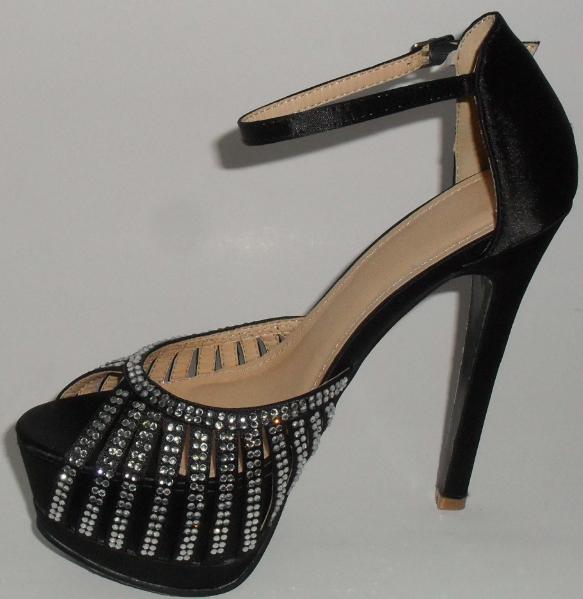
2019-11-26 19:00:42
Leather laser cutting has narrow slits and small deformation of the workpiece.
The laser beam of the leather laser cutting machine is focused into a small spot, so that the focal point can reach a high power density. At this time, the heat input by the light beam far exceeds the part reflected, conducted or diffused by the material, and the material is quickly heated to the degree of vaporization, and evaporates to form a hole. As the beam and the material move relatively linearly, the holes continuously form slits with a very narrow width. The cutting edge is little affected by heat, and there is basically no workpiece deformation.

During the cutting process, auxiliary vapor suitable for the material to be cut is added. When steel is cut, oxygen is used as an auxiliary vapor to produce an exothermic chemical reaction oxidation material with molten metal, and at the same time help blow away the slag in the slit. Compressed air is used to cut polypropylene and other plastics, and inert vapor is used to cut flammable materials such as cotton and paper. The auxiliary vapor entering the nozzle can also cool the focusing lens, preventing smoke and dust from entering the lens holder to contaminate the lens and cause the lens to overheat.
Most organic and inorganic materials can be laser cut. In the metal processing industry, where the industrial manufacturing system has a heavy share, many metal materials can be cut without deformation regardless of their hardness. Of course, high-reflectivity materials, such as gold, silver, copper, and aluminum alloys, are also good heat transfer conductors, so laser cutting is difficult or even impossible.
Leather laser cutting has no burrs, wrinkles, and high precision, which is better than plasma cutting. For many electromechanical manufacturing industries, because the modern laser cutting system controlled by the computer program can easily cut workpieces of different shapes and sizes, it is often referred to as the punching and molding process; although its processing speed is slower than that of die punching, However, it has no mold consumption, no need to repair molds, and save time for mold replacement, thereby saving processing costs and reducing production costs, so it is more cost-effective to consider overall.